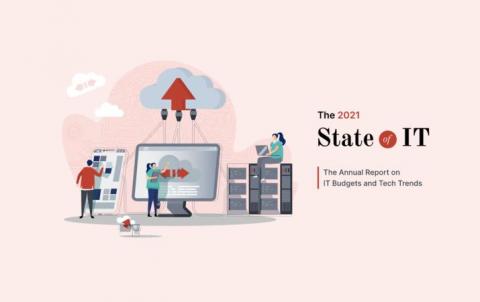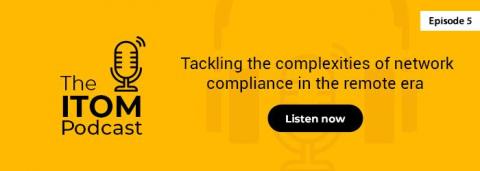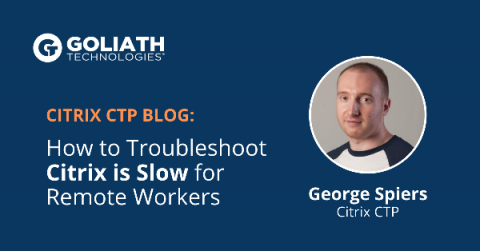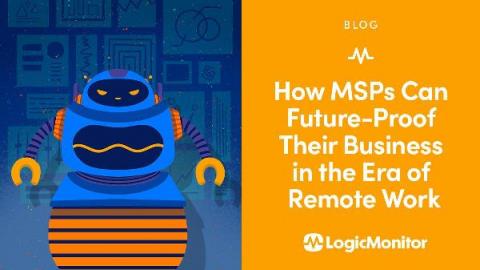Operations | Monitoring | ITSM | DevOps | Cloud
Latest News
Wi-Fi and Application Health with Endpoint Monitoring
For today’s tech tip, we’re going to focus on our Endpoint Monitoring Client and two specific use cases: Wi-Fi and application health. With so much of the workforce working remotely, Endpoint Monitoring is an essential tool to help smooth the transition. According to recent research from Gartner, nearly half of US employees will continue to work remotely for at least some of the time post-pandemic.
State of IT 2021 Preview: A Global Crisis Brings Big Changes to IT
What a year 2020 has been! We’re all living through a shared experience, where everyone has been forced to navigate challenges presented by the COVID-19 pandemic. And in this new reality, far-reaching changes have been made to ensure public safety, some of which will continue well into the future. For example, amid the lockdowns and reduced economic activity, businesses were forced to take cost cutting measures to survive.
How to ensure network compliance in this era of remote work: The ITOM Podcast [Episode 5]
The ITOM Podcast returns with yet another episode to help you eliminate all the remote work woes in your IT environment. In the last episode, we discussed in detail about the key areas enterprises need to monitor to ensure endpoint security, measures to adopt to ensure cybersecurity while rolling out BYOD policies, and the crucial factors that IT leaders need to know about in the post-pandemic era with respect to IT security.
Digital Transformation for Enterprises - The New Normal of the Remote Workforce
The COVID-19 pandemic has turned our world upside down. Unemployment has soared, entire industries have been impacted, and schools have been shut down. However, one huge change has remained under the radar. We’re on the cusp of witnessing the death of cities as we know them. To understand why let’s rewind to 1870: the start of the industrial revolution in the United States. Industrialization drove people from rural communities to cities.
Knowledge Management: An ITSM Lifeline to Connect Remote Employees
Learn how monitoring VPNs enhances your remote workforce's productivity: The ITOM podcast [Episode 3]
The ITOM podcast returns with yet another episode aimed to alleviate all your remote work woes. In the last episode, we drilled into the nuances of VPN security, encryption, hashing algorithms, certification authorities, and much more. Now we’ll discuss the practical implications of VPNs on remote work. VPNs have become many organizations’ best bet to help maintain business continuity in this era of remote work.
How to Troubleshoot "Citrix is Slow" for Remote Workers
The COVID-19 pandemic has disrupted how every business on the planet works. Remote working has become the new normal, and IT needs to adapt quickly to support this somewhat new way of working. I say new way of working, but it isn’t actually new at all in the grand scheme of things. People have been working outside of the office, such as from home or other public places, for many years now.
How Can the Public Sector Get Remote Working Right?
How MSPs Can Future-Proof Their Business in the Era of Remote Work
The new era of remote work has accelerated the need for businesses to adopt digital transformation strategies faster than ever to ensure their relevance and longevity in the marketplace. As priorities shift in this direction, Managed Service Providers (MSPs) are quickly adapting to better serve their customers. Recently, LogicMonitor commissioned a research study of 500 IT decision-makers around the globe to understand how organizations are evolving in the face of unexpected crises.










